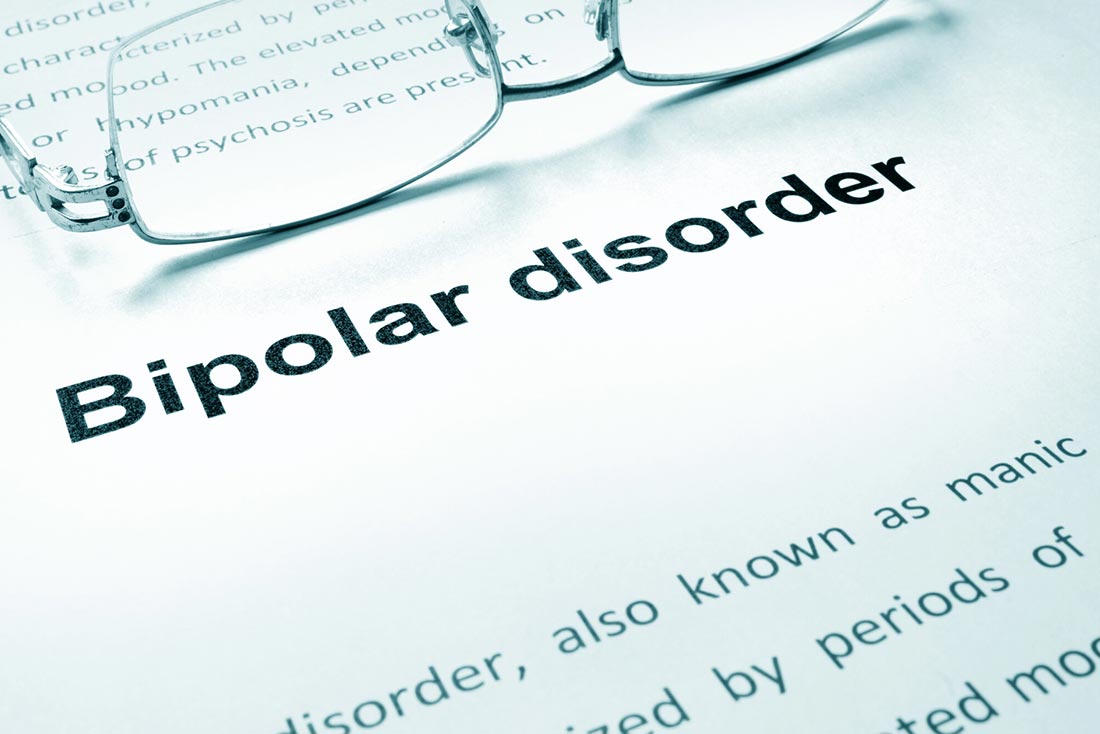
- November 30, 2022
- Center for Developmental Psychiatry
What You Need to Know About Treatments for Bipolar Disorder
Bipolar disorder isn’t going anywhere. 0.6% to 2.8% of Americans had bipolar I disorder in 2019. That percentage accounts for millions of people.
Yet many people live happy and successful lives with bipolar disorder. The key is that you understand what treatment for bipolar disorder is like. Bipolar treatment is more complicated than most people think it is, so you should look at several methods.
What medications do people with bipolar disorder take? How do people with bipolar disorder educate themselves about the condition? How can you participate in talk and interpersonal therapy?
Answer these questions and you can find your path forward after a diagnosis of bipolar disorder. Here is your quick guide.
Medications
You can take several different medications to treat your bipolar disorder. Mood stabilizers can soothe your mind and control manic episodes. Common mood stabilizers include Depakote, Equetro, and Lithobid.
Antipsychotic medications can help you manage delusions and hallucinations. They can also stabilize your mood and help you stay focused on tasks. Popular prescriptions include Abilify, Geodon, and Zyprexa.
Antidepressants can help with depressive or hypomanic episodes. Some antidepressants can trigger manic episodes, so you should be careful with using them.
Each medication has its own side effects. Your bipolar prescription can interact with medications you take for other conditions. Follow your doctor’s instructions and take your medication at the same time every day so your body can process it.
Psychoeducation
Psychoeducation involves learning about bipolar disorder. You can learn about where it comes from and what its symptoms are like. You can speak to other people with bipolar disorder and learn about their lives.
Learning about bipolar disorder can be an emotional experience. You can get catharsis for your emotions by talking to a therapist or creating works of art. If you’re confused about something, ask questions to doctors and psychiatrists.
Interpersonal and Social Rhythm Therapy
Interpersonal and social rhythm therapy (IPSRT) stabilizes your daily routines. You develop a constant routine so you know what to expect. If you encounter difficulties, you learn to work through them.
IPSRT involves one-on-one sessions with a therapist. You will identify your mood patterns with them. You will pinpoint what stressors influence your mood swings, including relationship problems.
After this stage, you can develop sleeping and mealtime schedules. If you find social rhythms difficult, you can keep track of them in a journal. You can review the journal with your therapist and see what is tripping you up.
You may never be done with IPSRT. Over the years, you may work with your therapist to maintain your schedule and social skills. If you need help overcoming a challenge, you can talk to your therapist about what to do.
Cognitive Behavioral Therapy
Cognitive behavioral therapy (CBT) can help you confront intense emotions or stressors. As with IPSRT, you will identify your stressors with a therapist.
But you will also examine negative thought patterns that can influence your moods. Someone who thinks that they are not a good public speaker is likely to experience a mood swing before or during a speech.
You and your therapist work to reverse those thought patterns. Before a speech, you can use grounding techniques to calm yourself down. You can think of positive thoughts and try to start building your confidence and self-esteem.
You can use CBT for as long as you want. CBT can help with other conditions, including substance use disorder and anxiety. If you prefer group settings, you can transition to group CBT sessions.
Family Therapy
Family therapy involves meeting a psychiatrist with your family members. Many people participate in several activities during their sessions.
Psychoeducation is one common activity. A psychiatrist can help your parents figure out what to do when you have mood swings or other symptoms.
Communication enhancement training helps you and your family communicate better with each other. You can learn how to explain your emotions when you are in a mood swing. Your parents can develop active listening skills so they know what you are experiencing.
You can also learn how to solve problems. A therapist can help you break down large issues into small ones. You may need to adjust your tone of voice in order to have a polite conversation.
If your family members want to speak in private with the therapist, they can. They can also go to support groups for people whose loved ones have bipolar disorder.
Self-Help
Self-help strategies can help you stay in shape and avoid temporary setbacks. Try to eat plant-based meals with non-animal sources of protein like nuts and soybeans that give you plenty of energy.
Get at least one hour of exercise every day. Low-intensity exercise like walking can calm you down and build your physical strength. Avoid taking supplements that can interact with your medication or make you too tired to get treatment.
Make sure your sleep schedule lets you get at least eight hours of sleep every night. If you have difficulty falling asleep, try a calming activity instead of taking medication. Writing in a journal, reading a book, or stargazing can make it easier to settle into sleep.
Finding Treatments for Bipolar Disorder
Bipolar disorder is a tricky condition that requires several treatments at once. Medications can calm your mood swings and manic episodes. Psychoeducation lets you cope with your disorder and learn more about it.
IPSRT can help you study your mood patterns and reduce relationship problems. CBT can prompt you to replace negative thoughts with positive ones. Both of these therapies can take place in a family setting, and you should try self-management strategies simultaneously.
Find experts in bipolar disorder to manage your treatment. The Center for Developmental Psychiatry serves the Teaneck area. Contact us today.